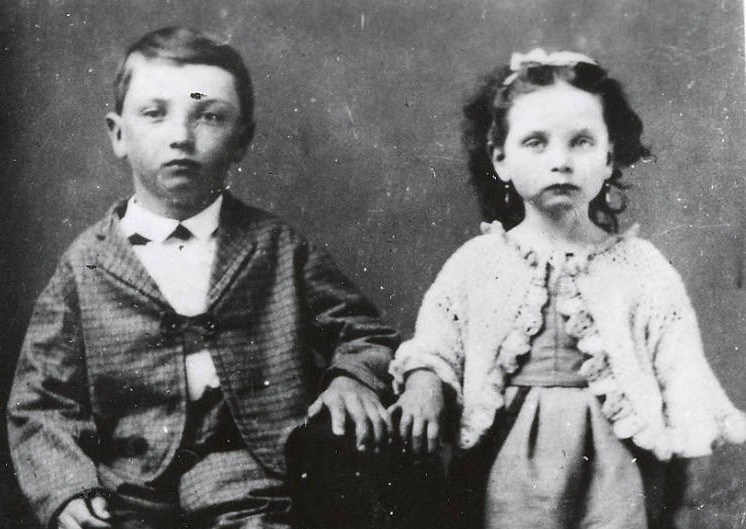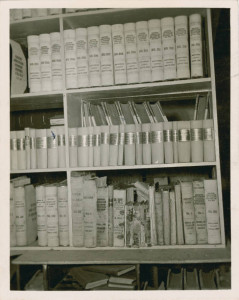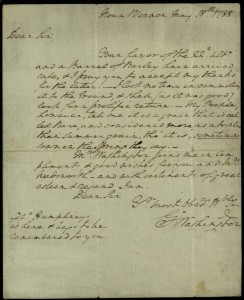May Day, May Day!

May 1 – May Day – might have more observances attached to it than any other date on the calendar. There is the centuries-old spring celebration, of course, with May poles and ribbons and flower baskets; you most likely have heard of this holiday. You may also know that May 1 is designated as International Worker’s Day. Similar to what we celebrate as Labor Day here in the United States, International Workers’ Day was established in the late 19th century and is a holiday for workers around the world.

You may not know, however, that in libraries, historical societies, and other institutions that collect cultural heritage materials, we observe May Day, too, but for an entirely different reason than those described above. Every May 1, Heritage Preservation Trust reminds collecting institutions throughout the U.S. to take steps to preserve the materials in our collections. Because you, the community we serve, count on us to make sure these materials are available, we would like to tell you about the steps we take to keep them safe. You can take some of these steps in your own homes and with your own collections, as well.
For each piece that you discover in Ohio Memory, there is an original item in one of our collections. This may be a photograph, a letter, a book, a pamphlet, or a three-dimensional object, such as a garment, an antique toy, or an ancient artifact. Each of these has specific needs for preservation, depending upon the item type and the materials from which it’s made. There are similarities, though, many of which aren’t complicated. For example, paper-based materials, such as books, photographs, and letters, like cool, dry environments, as this keeps paper-loving pests away. Like humans, pests are most comfortable in warm, humid conditions. Making the environment inhospitable to them can help to protect your materials, even in your own home.

Protecting originals from dust and debris is helpful, too. This could mean storing them in acid-free boxes, which are freely available at craft stores or online. If you have letters or other flat materials, consider storing them in Mylar sleeves, which are clear and will allow you to view your items without damaging them through handling. In fact, the best way to preserve your materials – with one exception, which will be discussed next – is to decrease handling.
Digital photographs and other electronic materials are your exception to the decrease-handling rule. The reasons for this are many, but they boil down to one important fact: digital materials are easy to lose, whether through accidental deletion, file corruption, or equipment failure. Commercial storage facilities will back up your materials and store them in a cloud; if this appeals to you, there are many companies available to do just that. You may also copy your files to storage media, such as CDs or DVDs, or you can put them on flash drives or external hard drives. If you choose this route, check your files frequently to make sure that they can still be opened, and consider making multiple copies that can be stored in more than one location. That way, if you have a home disaster, you’ll have backups of your photos and other important materials elsewhere.
Preserving your materials can be daunting, but you’ll be glad you did it. Meanwhile, if you have any questions, we’re happy to help!
Thank you to Shannon Kupfer, Digital/Tangible Media Cataloger at theState Library of Ohio, for this week’s post!



Leave a Reply
You must be logged in to post a comment.